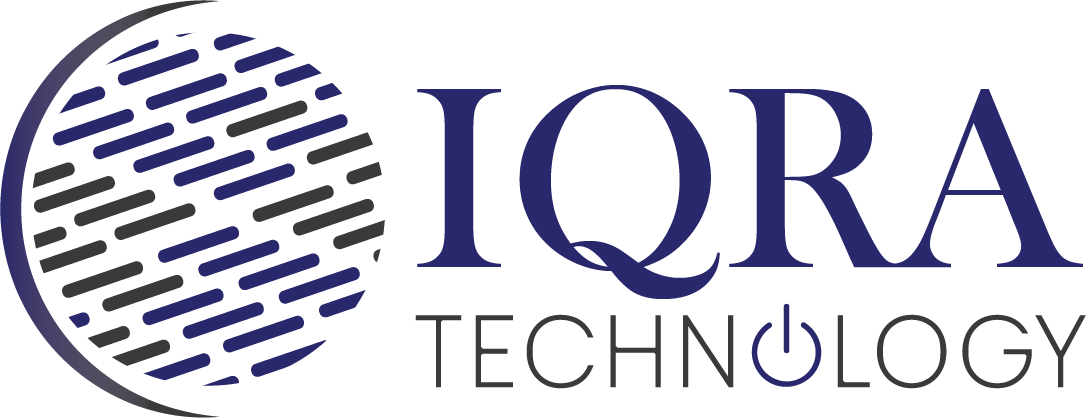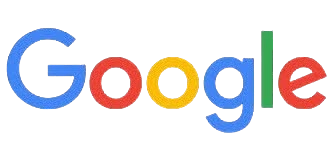Trends & the Future of Search Engine Marketing
Search Engine Marketing is always evolving. What worked five years ago might not work today—and the tools, technology, and user behaviour are changing fast.
In this final module, we’ll explore the emerging trends shaping the future of SEM, including:
- The growing role of AI and automation
- How voice and visual search are changing how people find information
- The impact of privacy regulations and what a cookie-less world means for advertisers
AI in SEM
Artificial Intelligence (AI) is already playing a huge role in Google Ads—and its importance is only growing.
Examples of AI in Google Ads:
1.Smart Bidding
Google automatically sets your bids to get the most conversions or highest return on ad spend (ROAS).
It uses machine learning to predict:
- Which users are more likely to convert
- When and where to show your ads
- What bid to place in each auction
2.Performance Max Campaigns
AI selects the best placements across Search, Display, YouTube, Gmail, and Maps—without you manually setting each one.
It adapts in real-time based on performance data and user behaviour.
3.Responsive Search Ads
You write multiple headlines and descriptions, and Google tests combinations automatically to find the best-performing ad.
Future Outlook:
Expect more automation, less manual control, and the need to feed AI with better creative and clean data
Voice Search & Visual Search
The way people search is changing. Instead of typing, more users are:
- Talking to voice assistants (Google Assistant, Siri, Alexa)
- Searching with images (Google Lens, Pinterest Lens)
Voice Search Trends:
- Users use natural, conversational language
- Search queries are longer (e.g., “What’s the best pizza near me open now?”)
- Often local and urgent (e.g., “pharmacy near me open now”)
Tips for Voice Search Optimization:
- Use long-tail keywords and question-based phrases in your ads and landing pages
- Include FAQ sections on landing pages
- Optimize for mobile and local intent
Visual Search Trends:
- People can search by uploading an image (e.g., product photo)
- Common in eCommerce and fashion industries
Example: A user sees a bag they like and searches using a picture instead of words.
Google identifies it and shows product ads that match.
Evolving Privacy Regulations & Cookie-Less Tracking
The digital advertising world is moving toward stronger privacy controls.
What’s Changing:
- Third-party cookies (used for tracking across websites) are being phased out
- GDPR (Europe), CCPA (California), and other regulations are limiting how much user data advertisers can collect
What This Means for SEM:
- Remarketing and audience targeting will need first-party data (your own customer lists, website behavior)
- Tracking will rely more on:
- Server-side tagging
- Google Consent Mode
- Enhanced Conversions
- Marketers must focus on user trust, transparency, and opt-in strategies
Summary
To succeed in the future of SEM:
- Embrace automation and smart tools
- Focus on quality content and user experience
- Stay updated with Google’s policy and tech changes
- Be ready to pivot as search behaviour and regulations evolve
Real Life Example:
Imagine your bakery’s Google Ads campaign is running well, bringing many visitors to your website for “fresh cakes near me.” However, you notice that many users come from voice searches like, “Where can I find freshly baked chocolate cake open now?” or visual searches where they snap a photo of a cake and want similar options.
Your original ads and keywords don’t capture these new search behaviours, so you miss out on potential customers. Also, due to new privacy laws, your usual remarketing ads aren’t performing well because third-party cookies are blocked.
To solve this, you update your campaign to:
- Use long-tail, conversational keywords suited for voice search.
- Add FAQ sections on your website to answer common customer questions.
- Incorporate product images and optimize for visual search on Google Shopping.
- Shift to collecting first-party data through newsletter sign-ups and loyalty programs for better audience targeting.




